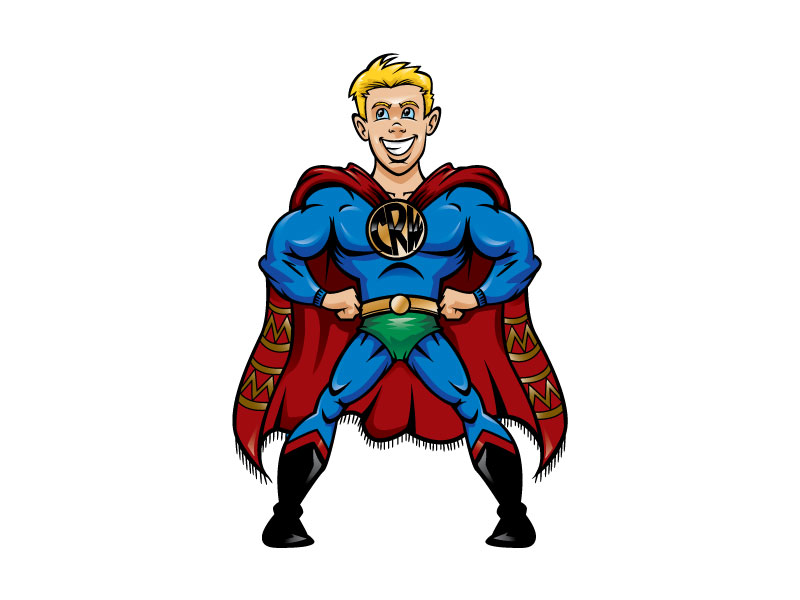Well I have been back in the office almost a full day now after returning from my Christmas break. And its started already. I've had to educate someone and hopefully stop them making a massive mistake.
A lady rang up enquiring about having her Persian rug cleaned. She told me a lot about her rug, as I like to call it " her rug story". Everybody has a rug story and I love hearing them.
Her story is like so many stories I hear. The lady inherited the rug from a family member and the rug has been in the family for many many years, and now its time to get it cleaned. She explains to me that she was advised by friends to go and hire a supermarket bought machine. I told her that last November I wrote a blog about the dangers of hired machines and cleaning products.
I asked her why she was willing to potentially destroy her Persian rug that quite honestly has been on an incredible journey. Here is that journey, I have simplified it for the purpose of my blog. But if you are interested in finding out more. Here are some valuable links.
http://en.wikipedia.org/wiki/Persian_carpet
http://www.spongobongo.com/
Please follow this link to a great blog that talks about the oldest rug ever found. The story is simply incredible.http://thetextileblog.blogspot.com/2009/08/pazyryk-rug.html
It's an art form.
Rugs are made by usually one person maybe two if it is a large rug and it can take weeks, months or even years to make. They are made using fibres such as wool, silk and cotton. There are two types of knots used one is a Persian( asymmetrical) Knot and the other is a Turkish (symmetrical) Knot.
Dyeing is an art form.
Rugs can hold amazing vibrant colours. The wool is dyed in huge vats and this in itself is seen as a master craft in the rug weaving world. Quite often these dyes are not "flushed" after dyeing or after the rug weaving process which can cause problems when it comes to cleaning them.
You can get something called Abrash in handknotted rugs which I think looks beautiful in a rug and gives it its character. This is when the weaver has, say, runs out of a red coloured yarn and chooses wool from another red batch. This wool could be slightly darker or lighter then the previous colour causing a change in the look of the rug.
Design.
The designs and motifs and even the colours are all personal to the weaver or where the weaver comes from. This is a very deep part of the history of rugs and will take me more then one blog post to fully cover. The above links will lead you in the right direction if you want to find out more.
I do get passionate about rugs.
The rug weaving world is probably the oldest industry in the world and something I am very passionate about. So when a potential client rings me up for advice and then gets quite upset when I let them know how much it will be to care for their rug the professional way, it upsets me.
Your rug has been on an incredible journey, taken someone countless hours to weave. Someone has spent time dyeing the fibres that make up your rug. It has made the journey from Iran, Afghanistan, Turkey etc and you don't want to pay £100, £200 sometimes £600 to clean it. But your more then happy to pay £30-£40 to clean it yourself or let an untrained and uneducated "professional oriental rug cleaner" clean it for you.
I come across so many horror stories about people who have cleaned the rug themselves or paid a cheap price to clean an expensive rug. I hope this blog post points you in the sensible direction when it comes to caring for your rug. Your rug is a thing of beauty and needs to be handled with the respect that it deserves.
I can just imagine the look on an Afghan tribesman face who spent months weaving your rug just for you to ruin it by improper cleaning.
Left is a brilliant photo of Abrash, you can clearly see the change in dye batches












